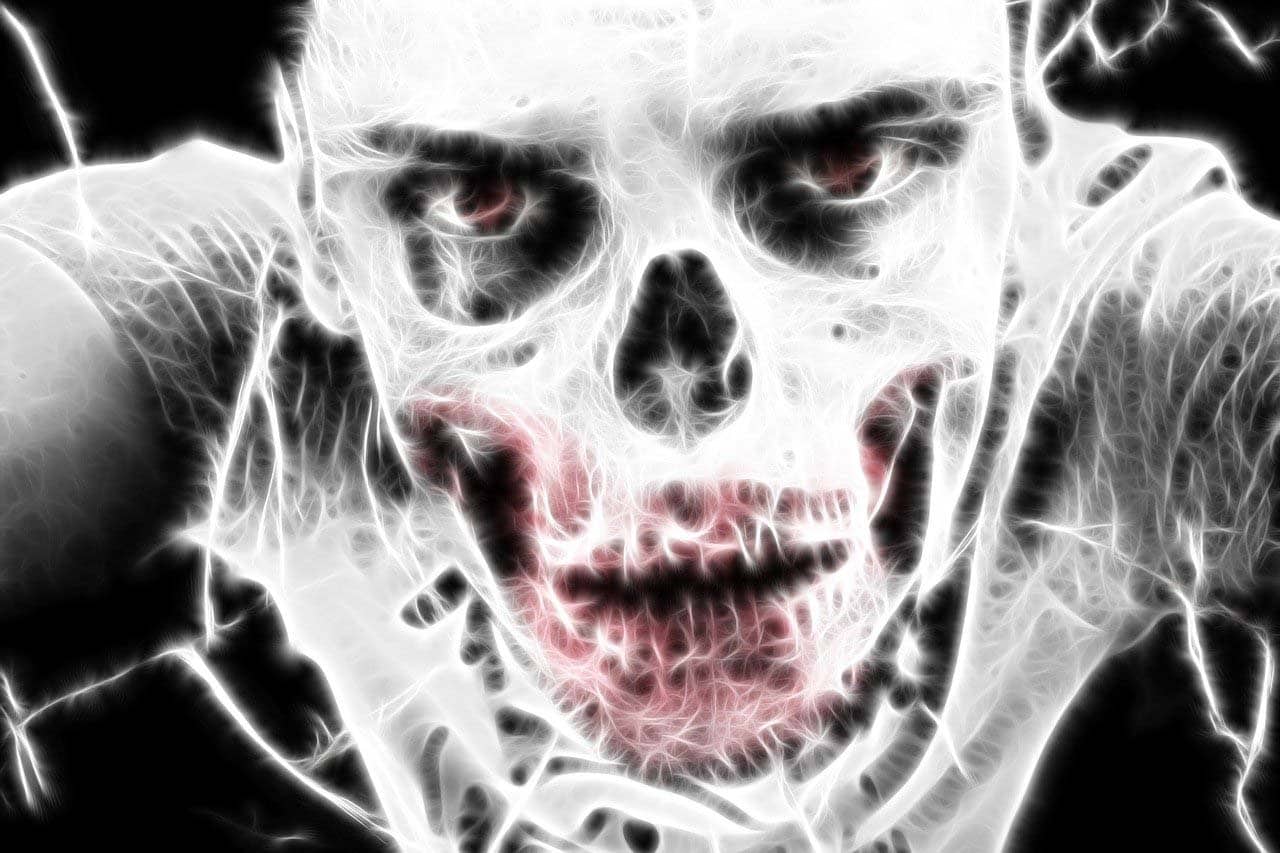For a different type of horror story, try writing extreme horror. This has more gore and violence than a typical horror story but that doesn’t mean it can’t be clever.
To write a good extreme horror story you need a few things. You should have characters people care about. You should write about their experiences rather than focusing on the gore. The gore should serve the story and the violence should be realistic.
Extreme horror is a genre where the horror elements are taken way past the point that is usually acceptable by the mainstream. An extreme horror story is going to have an extreme amount of violence or sex or gore.
It doesn’t necessarily have to be extreme by volume. If a story goes into great detail about a violent scene then that counts as extreme horror, but if there is a lot of violence that is done superficially or comically, then that isn’t extreme horror.
Another thing is that it must be taken seriously. If the story is fun, then it doesn’t count as extreme horror. It has to be a serious story.
Generally, extreme horror should bring the reader down. It should feel gritty, serious and real. The horror comes from the sense of how bad and how real the situation is.
Sympathetic Characters
To make the story effective, the reader has to get to know the characters. The reader must feel it when something bad happens to the characters.
When something bad happens to a character that we hate, we cannot be truly horrified.
This was a problem that movie studios faced in the seventies and eighties. Sometimes the main characters in horror movies were so annoying and unlikeable that audiences were glad when they got killed. This led to B-grade directors deliberately making movies with detestable characters and a high kill count.
It was a trend that lasted for a while, but it isn’t extreme horror no matter how gory or violent it was.
In an extreme horror story, we must like the characters. We are supposed to feel bad when they are killed, especially if it is painful or violent.
Experience Over Gore
Although gore is one of the main features of extreme horror, it is not the focus. You can go into great detail about the gore, describing intestines and pus and everything else, but the real horror is going to come from the characters’ experience.
Write your story from the character’s point of view. The story will be more horrifying to the reader if they discover the shocking moments along with the protagonist.
It is easy to fall into the trap of writing about the gore or the violence, but those things should be part of the background. They are there to set the scene. The real story is about the protagonist’s emotions.
Horror is a feeling that comes after encountering something shocking. The purpose of extreme horror is to encounter extremely shocking things and thus create an extremely horrific feeling.
Concentrate on the experiences of your protagonist so you can show the reader these shocking moments and the horror that comes with them. Focusing on the gore will only detract from the protagonist’s experience.
Read about Psychological Horror here
The Gore Should Serve the Story
Just because your story has extreme horror, doesn’t mean that you can skip over the other elements that make a story work.
It is easy to get carried away with gore. You may want to write about blood and guts and heads exploding, but that’s too easy. Hold yourself to a higher standard.
Each moment of gore should add something to the story. It should provide a clue to the protagonist, such as when a detective watches an autopsy.
You may go into great detail about the state of a corpse, how bloated it is, and the smell and fluid that come out when the physician cuts into it, but this scene is there to teach the protagonist something and provide the next piece to drive the story forward.
Another example is when we learn about a monster that lays eggs inside people, like in the movie Alien. When the young alien bursts out of the victim’s chest, it isn’t just gore for gore’s sake, we learn that a monster has infiltrated the spaceship.
Think About the Real Effects of Violence
Too often, characters in an extreme horror story don’t behave like they would in real life. They get used to the violence too quickly or they can operate flawlessly with gaping wounds on their bodies.
This can take the reader out of the story. People can’t get up and run after a murderer after they have been stabbed five times in the chest. In real life, just getting a little cut on your arm can be debilitating.
And when a person sees a human body explode in front of them, they typically don’t just ignore it and keep going. That person who exploded had a name and a family. They had relationships. Their death means something.
Real people go into shock when they are pushed too hard. Give your characters realistic reactions and it will make your story better.
Read about Horror Concepts here
Be Responsible With the Violence
Be careful not to glorify the violence as this can take the reader out of the story. It would be a shame to spend a lot of time building a serious and engaging narrative only to have it undermined by cartoonish behaviour.
Violence is supposed to be shocking. It is something abhorrent that we want to escape from. Writing it this way is what establishes a story as an example of extreme horror.
If you make the violence into something desirable, like a person getting revenge on some bullies, for example, it changes the atmosphere to something like a gory action movie instead of an extreme horror story.
The violence is there for effect. It is not the point of the story and it shouldn’t drive the narrative. An example might be where a person gives a cursed item to a friend, thinking it’s a joke, only for the friend to be hit by a semi-trailer and ground up in the wheels.
The violence provides a shocking effect, but it doesn’t drive the story.
Check out this video where Tim Waggoner explains how to write extreme horror:
Extreme horror is not everyone’s cup of tea, but it can be a lot of fun to write. If you get the formula right, you can make a truly memorable story that is both horrifying and terrifying.





